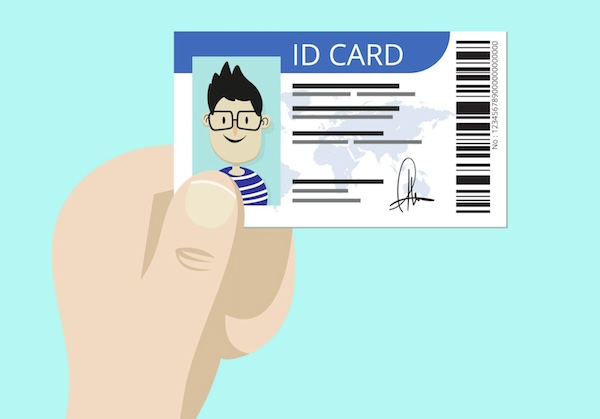Understanding Data Security in APAAR ID
The APAAR ID system promises to revolutionize student identity management in India, but concerns over data privacy remain. With student records becoming digital, parents and educators are questioning how securely this data is stored and who has access to it.
Key Data Privacy Concerns
APAAR ID collects and integrates student records across institutions. Here’s what you need to know about potential risks:
| Concern | Impact |
|---|---|
| Unauthorized Access | Risk of student data being misused |
| Data Breaches | Sensitive records exposed to cyber threats |
| Third-Party Sharing | Possibility of data being shared without consent |
| Government Oversight | Questions on how data will be monitored and regulated |
Consent and Data Ownership
A critical question is whether students and parents have control over their data. The APAAR framework must ensure transparent consent mechanisms, allowing users to decide who can access their records. Without strict regulations, there is a risk of data misuse or tracking without user knowledge.
Government’s Role in Data Protection
The Indian government has introduced various data protection measures, but their enforcement remains a challenge. The success of APAAR ID depends on:
- Strong encryption to prevent unauthorized access.
- Clear policies on data retention and deletion.
- Strict laws preventing misuse by institutions or third parties.
Also Read: The APAAR ID Revolution: A Game Changer for Student Identity in India
Did You Know?
India’s Data Protection Act, 2023, mandates organizations to protect personal data, but education sector regulations are still evolving.
The Future of Student Data Privacy
For APAAR ID to gain public trust, it must prioritize student data security. Implementing stringent privacy policies, enforcing consent-based access, and ensuring transparency in government oversight will be crucial. Only then can India balance digital convenience with the right to privacy.
Disclaimer
The information provided in this article is for general informational purposes only and does not constitute legal, tax, financial, or other professional advice. While every effort is made to ensure the accuracy and reliability of the information, laws and regulations may change, and individual circumstances vary.
Readers are encouraged to consult with qualified professionals or official government resources for personalized guidance regarding their specific situations. The author and publisher disclaim any liability for decisions made or actions taken based on the information provided herein.
